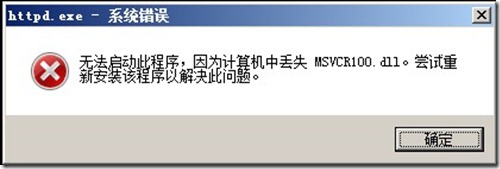public <T> T getFieldValue(Object target, String fieldName, Class<T> typeName){try {Object fieldValue = FieldUtils.readField(target, fieldName, true);return (T)fieldValue;} catch (IllegalAccessException e) {log.error("出错:实体类{}没有{}类型的{}属性字段!",target.getClass(),typeName.getSimpleName(),fieldName);throw new RuntimeException(e);}}
用法1:
public Long getLongValue(Object target, String fieldName){return getFieldValue(target,fieldName,Long.class);}
以此类推,你也可以写出
public LocalDateTime getLocalDateTimeValue(Object target, String fieldName){return getFieldValue(target,fieldName,LocalDateTime.class);}public String getStringValue(Object target, String fieldName){return getFieldValue(target,fieldName,String.class);}
笔者的一个用法是在泛型方法中提取实体的属性值,做进一步计算
<R,T> 你的返回类型 processData(String label, String snapshotKey, Class<T> targetClass,Predicate<? super T> filter, final Function<? super T, ? extends R> mapper){if(filter == null){//如果没有指定过滤表达式,给一个默认值filter = (T entity)->{LocalDateTime createTime = cacheService.getFieldValue(entity, "createTime", LocalDateTime.class);return createTime.getMinute() % 10 == 0&&createTime.getSecond() ==0;};}Map<String,Object> resultMap = new HashMap<>();Optional<SnmpNode> node1 = nodeMapping.values().stream().findFirst();List<T> list = null;if(node1.isPresent()){String ipAddr1 = node1.get().getAddress();list = cacheService.getCachedList(snapshotKey, ipAddr1, targetClass);//服务器ipresultMap.put("legend", nodeMapping.values().stream().map(SnmpNode::getAddress).collect(Collectors.toList()));//批量格式时间MM-dd HH:mm:ss并封送到ListList<String> xAxis = list.stream().map(entity->cacheService.getFieldValue(entity,"createTime", LocalDateTime.class)).filter(localDateTime -> localDateTime.getMinute()%10==0 && localDateTime.getSecond() == 0).map(createTime -> createTime.format(DateTimeFormatter.ofPattern("MM-dd HH:mm"))).collect(Collectors.toList());//筛选后的样本大小int filteredSize = xAxis.size();//由于图表不能显示太多的数据,太多的就会被隐藏,因此只显示最近的20条数据xAxis = xAxis.stream().skip(filteredSize>=0?filteredSize-20:filteredSize).collect(Collectors.toList());resultMap.put("xAxis",xAxis);List<EChartSeries> series = new LinkedList<>();for(Map.Entry<Long,SnmpNode> entry: nodeMapping.entrySet()){SnmpNode node = entry.getValue();String ipAddr = node.getAddress();List<T> traffics = cacheService.getCachedList(snapshotKey, ipAddr, targetClass);List<R> data = traffics.stream().filter(filter).skip(filteredSize>=0?filteredSize-20:filteredSize).map(mapper).collect(Collectors.toList());EChartSeries chartSeries = new EChartSeries.Builder().withName(ipAddr).withStack(label).withType("line").withData((LinkedList<String>) new LinkedList<R>(data)).build();if(!CollectionUtils.isEmpty(data)) {series.add(chartSeries);}}resultMap.put("series",series);}return 你的返回类型;}
import lombok.Data; import lombok.NoArgsConstructor;import java.util.LinkedList;/**** // name:'邮件营销',* // type:'line',* // stack: '内存使用率',* // data:[120, 132, 101, 134, 90, 230, 210]*/ @Data @NoArgsConstructor public class EChartSeries {private String name;private String type;private String stack;private LinkedList<String> data;private EChartSeries(Builder builder) {setName(builder.name);setType(builder.type);setStack(builder.stack);setData(builder.data);}public static final class Builder {private String name;private String type;private String stack;private LinkedList<String> data;public Builder() {}public Builder(EChartSeries copy) {this.name = copy.getName();this.type = copy.getType();this.stack = copy.getStack();this.data = copy.getData();}public Builder withName(String name) {this.name = name;return this;}public Builder withType(String type) {this.type = type;return this;}public Builder withStack(String stack) {this.stack = stack;return this;}public Builder withData(LinkedList<String> data) {this.data = data;return this;}public EChartSeries build() {return new EChartSeries(this);}} }



















